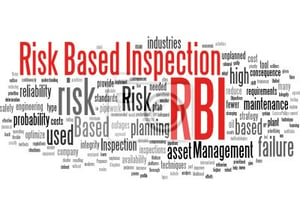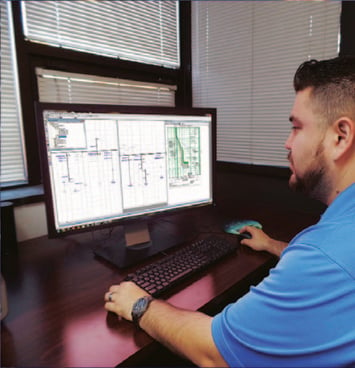 Do you have the electrical engineering expertise to help you understand and address electrical arc flash and shock hazards in your workplace that may pose a significant risk to the safety of your workers and to ensure full compliance with all regulations and industry standards?
Do you have the electrical engineering expertise to help you understand and address electrical arc flash and shock hazards in your workplace that may pose a significant risk to the safety of your workers and to ensure full compliance with all regulations and industry standards?
Regulations
OSHA 1910.269(l)(8) requires that employers estimate the Incident Heat Energies that their employees could be exposed to from Electrical Arcs and to provide properly rated protective clothing and other protective equipment for the protection of their employees against burns resulting from Electrical Arc Flash Hazards.
Standards
NFPA 70E Article 130.5 requires that Arc Flash Risk Assessments be performed for all facilities with Electrical Distribution Systems to determine the Arc Flash Hazard levels that exist (i.e. Incident Heat Energies, Arc Flash Boundaries) and the Personal Protective Equipment (PPE) that is required to be worn by your workers for their protection. The Arc Flash Risk Assessment for each facility is required to be updated whenever a major modification to the Electrical Distribution System takes place or at intervals not to exceed 5 years.
The Good Process You Should Know (based on NFPA 70E-2015):
1. Hazard Identification
a. Collect Data→ Single-Line Diagrams, Electrical Equipment & Protective Device Data, Visual Inspection
b. Model the Electrical Distribution System→ Using Modeling Software (ETAP®, SKM or Equivalent)
c. Compute all Incident Energies→ Using the Model NFPA 70E and IEEE 1584 methodologies
d. Compute all Arc Flash Boundaries→ Using the Model and NFPA 70E and IEEE 1584 methodologies
2. Risk Assessment
a. Identify and analyze all electrical arc flash and shock hazards
b. Identify all tasks that are performed
c. Document the hazards associated with each task
d. Estimate the risk for each hazard and task
e. Determine the appropriate protective measures to adequately reduce the level of risk
3. Risk Control Strategies - Recommendations / Options
a. Elimination/Substitution→ Inherently Safe Design, Arc Resistant Electrical Equipment
b. Engineering Controls→ Protective Barriers, Faster Relays, Current Limiting Fuses, Neutral Resistors
c. Awareness→ Warning Signs and Labels
d. Administrative Controls→ Training, Procedures, Work Organization and Instruction
e. Personal Protective Equipment (PPE)→ Arc-rated clothing, Flash hood, Face shield, Insulating gloves
Highly qualified mechanical engineers should be skilled in many different areas including statics, dynamics, modal analysis, heat transfer, fracture mechanics, mechanical vibrations, flow induced vibrations, acoustic vibrations, etc.
Engineering and testing labs such as Fauske & Associates, offer a wide-range of electrical engineering services and capabilities which include the following:
- Arc Flash Hazard Analysis and Risk Assessment
- NFPA 70E and NFPA 70 (NEC) Compliance Assessment
- Electrical Hazardous Area Classification
- Load flow, motor starting, short-circuit, arc flash and coordination studies using ETAP or SKM Power*tools
- Materials Testing - Dynamic Mechanical Analysis (DMA)
- Probabilistic Risk Assessment (PRA) and Circuit Analysis
- Complex Circuit Analysis
- Cable Testing using Line Resonance Analysis (LIRA), VLF Tan Delta, Insulation Resistance, Elongation at Break (EAB) and High Potential Techniques
If you are interested in staying up to date on the latest industrial safety and hazard management news and insights subscribe to FAI's blog by clicking below.

